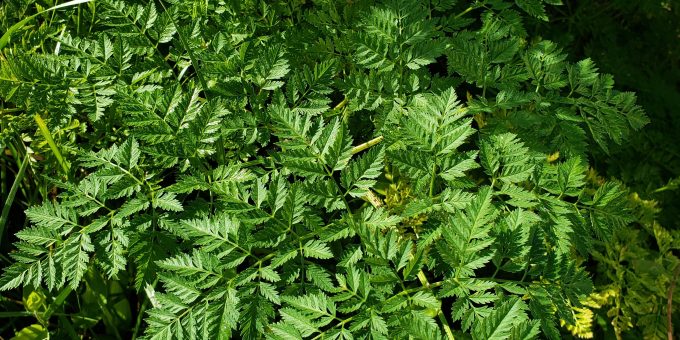
BEDFORD – Has this spring seemed exceptionally mild? Well, you’re not the only one who thinks so, and local Soil & Water Conservation Districts are concerned about the impact these mild temperatures have on invasive and noxious weeds. In particular, Poison Hemlock appears to be already bolting and preparing to flower weeks ahead of schedule.
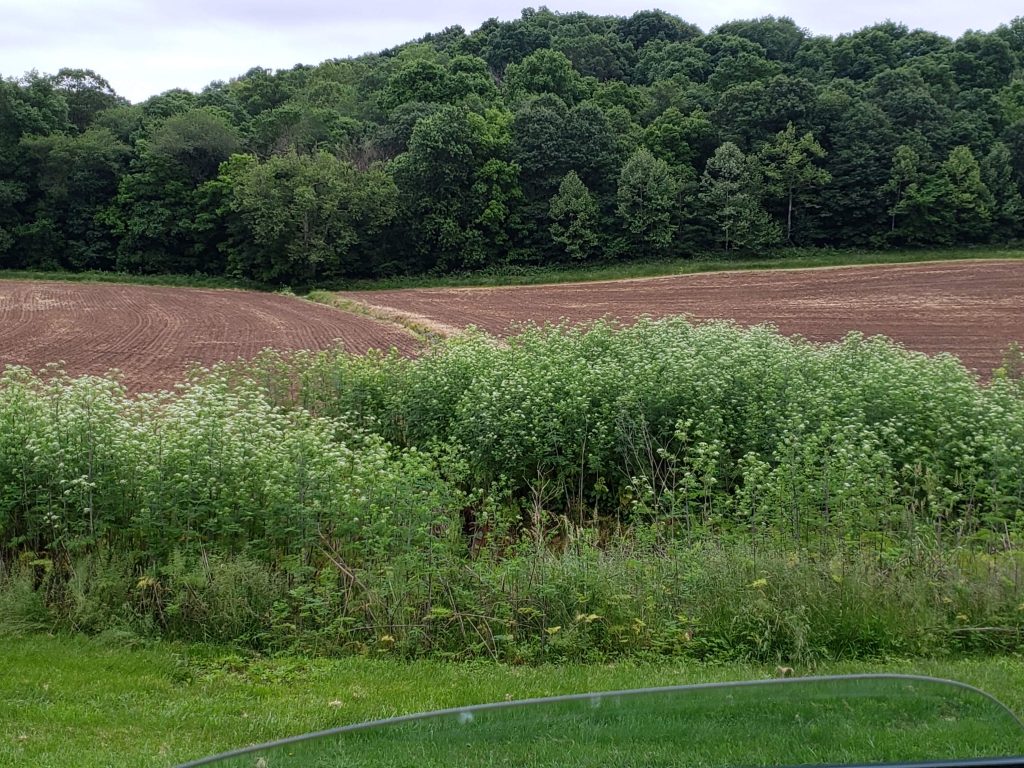
Poison Hemlock (Conium maculatum) is classified as an invasive plant and a noxious weed and poses a health threat to humans and livestock as all parts of the plant are highly toxic if ingested.
In recent years, Poison Hemlock has spread rapidly in southern Indiana along field edges, roadways, and waterways.
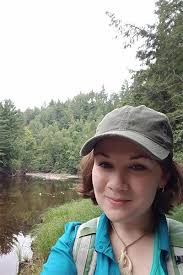
According to Emily Finch (Invasive Species Specialist with the Martin, Daviess, and Orange County SWCDs), while several landowners try to manage Poison Hemlock, these efforts are only effective if they can kill the plant before producing seed. For most control efforts, that means spraying plants with herbicide before or just as flowering begins.
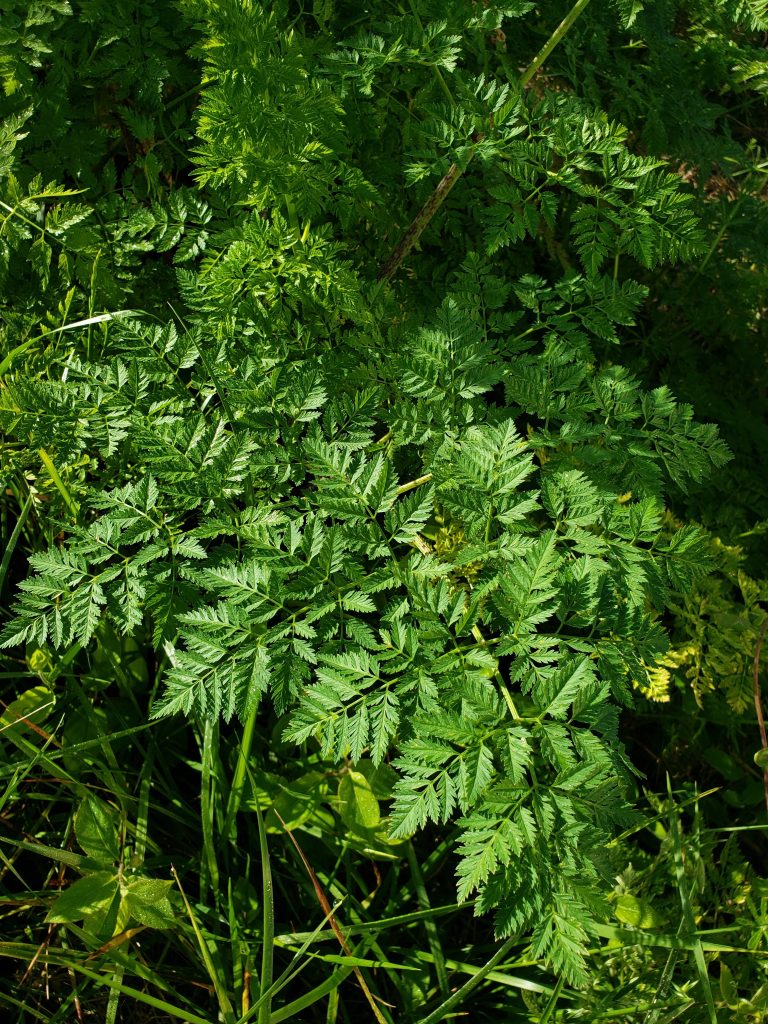
Poison Hemlock is a biennial, meaning it only lives for two years before producing seed and dying. Hemlock plants start as a short basal rosette with fern-like leaves. Then, in their second year of life, plants will send up a flowering stem, also called bolting, in spring/early summer. Usually, plants don’t start bolting until mid to late May, but Finch has already seen bolting plants that are several feet tall, meaning landowners should control them as soon as possible.
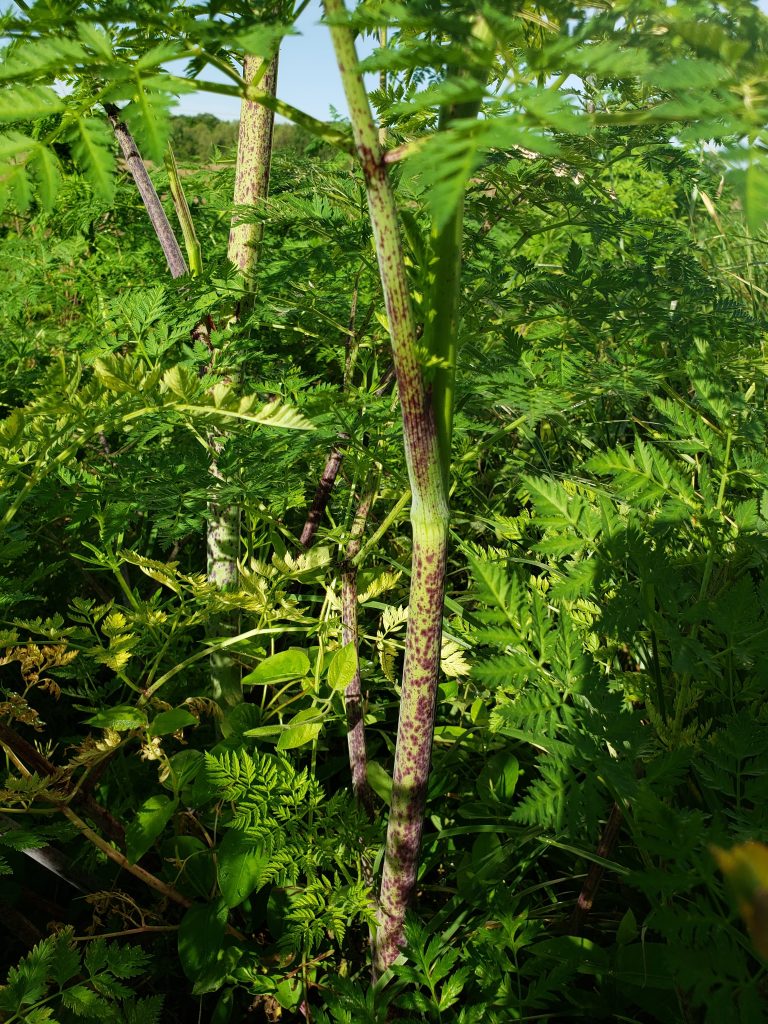
other plants – photo by Emily Finch (Martin SWCD).
Small Poison Hemlock populations can be removed by hand digging the plants up or severing the root with a sharp shovel. Wear gloves to avoid contact with plant toxins.
Cutting/mowing the plants is NOT effective unless repeated regularly through the summer as plants will resprout readily. Mowing after plants have produced seed is one-way infestations have spread through the area.
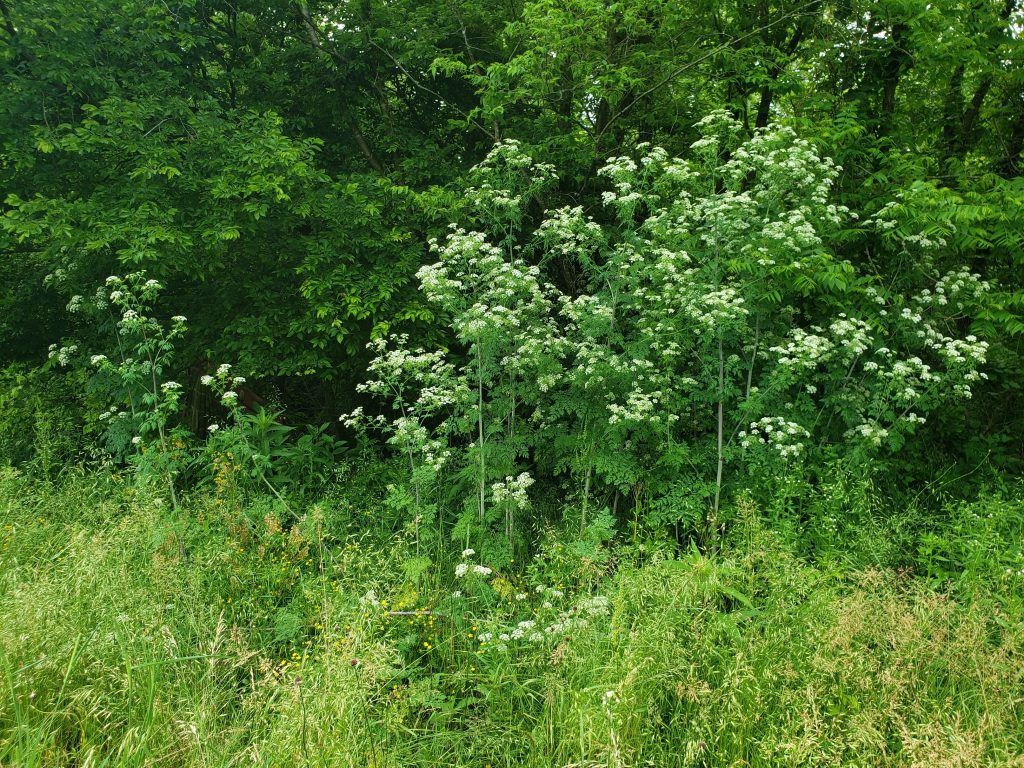
Herbicides are the most efficient way to control large areas, and several chemicals are effective, including glyphosate, triclopyr, and 2,4-D products (which, unlike glyphosate, have the benefit of not harming grasses). These options are also available in aquatic-safe formulations near open-water creeks and ditches. Whatever product you choose, make sure to read and follow label directions.
Ideally, Finch suggests spraying Hemlock plants as rosettes in early spring, around February and March. While plants can also be sprayed after bolting, according to resources from Purdue Extension, landowners will need to use higher herbicide rates to kill bolting plants. If rates aren’t increased when spraying these plants, they may only be knocked back or stunted temporarily.
According to Kenny Eck with Purdue Extension Dubois County, once Poison Hemlock plants flower, there is no point in spraying them.

“Spraying a flowering Hemlock plant is just revenge killing. It makes you feel good but does nothing to control it, as it will still go to seed,” says Eck. He recommends checking out options in the Purdue Extension/SICWMA publication Poison Hemlock.
This publication and more resources on identifying and controlling Hemlock are available at www.duboisswcd.org.
Are you looking for support or technical assistance in controlling Poison Hemlock? Try contacting your local Soil & Water Conservation District. Several area SWCDs have an Invasive Species or Resource Specialist who can provide free site visits and technical assistance about Poison Hemlock Control, and some also have financial assistance available. Landowners in Daviess, Martin, and Orange counties can contact Finch for assistance at 812-329-0048 or Emily.Finch@in.nacdnet.net.



